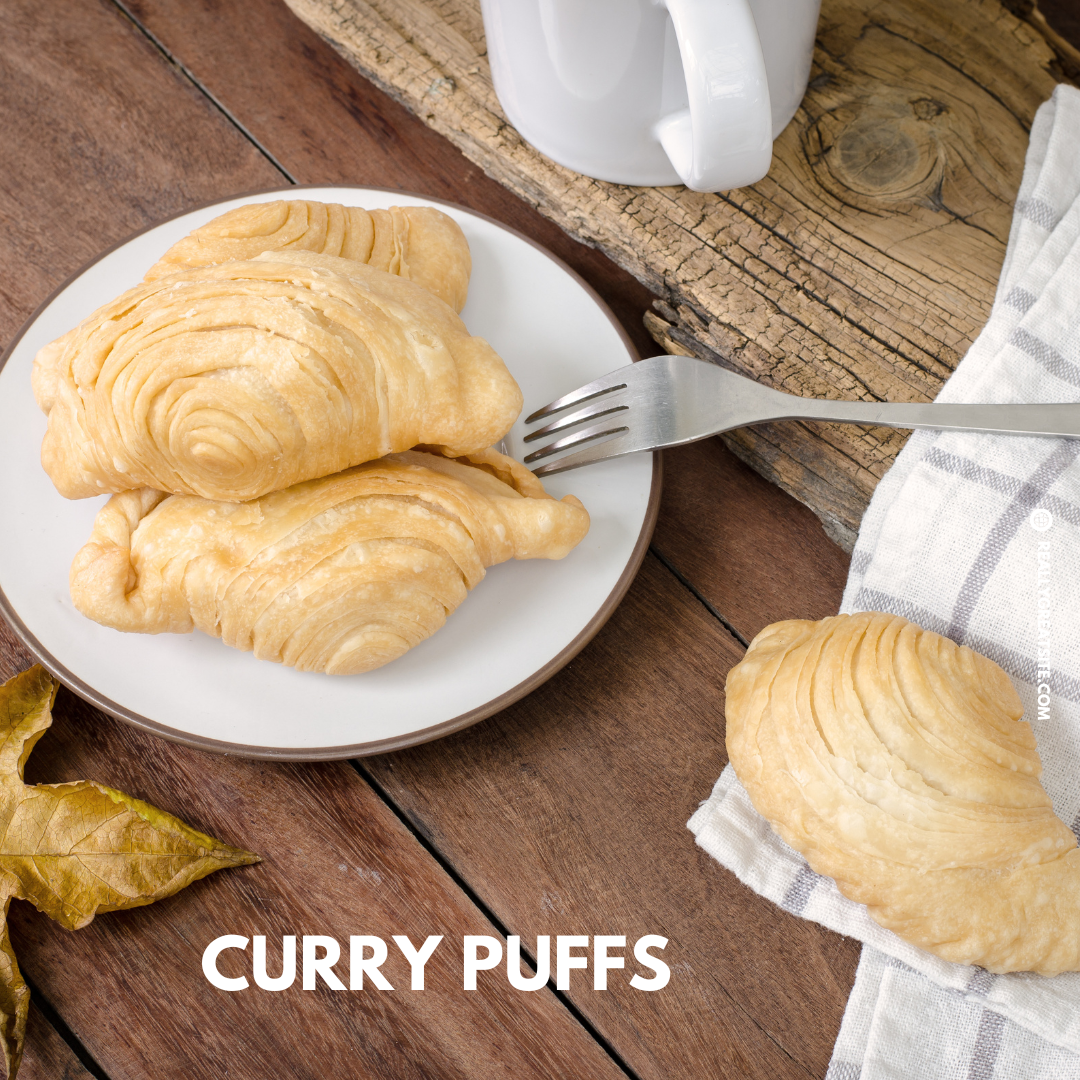Curry puffs are a popular snack that originated in Southeast Asia and have since become a favorite in many parts of the world. These crispy pastries are filled with a savory filling of spiced potatoes, vegetables, and meat, making them a perfect snack for any time of the day. In this article, we will explore the history and cultural significance of curry puffs, how they are made, their nutritional value, and the different variations of this delectable snack.
History and Cultural Significance of Curry Puffs
Curry puffs have a long and rich history, with their origins traced back to India. They were introduced to Southeast Asia by Indian immigrants who settled in the region during the 19th century. The curry puff was then adapted to the local taste, and various fillings were added to make it more flavorful. Today, curry puffs are a popular snack in countries like Malaysia, Singapore, Indonesia, Thailand, and the Philippines.
Curry puffs have become an essential part of Southeast Asian cuisine and are often served during special occasions such as weddings, festivals, and parties. They are also sold as street food and in local bakeries, where they are freshly made and sold warm.
How Curry Puffs are Made
The making of curry puffs involves a combination of techniques, including dough preparation and filling preparation. The dough is made using a mixture of flour, water, and oil. The dough is then rolled out into small circles and filled with the spiced potato and meat filling. The edges are then sealed, and the puffs are deep-fried until golden brown and crispy.
The filling for curry puffs can vary depending on the region and personal preference. Some of the common fillings include chicken, beef, potatoes, peas, and carrots. Vegetarian options are also available, which replace the meat with tofu or paneer.
Nutritional Value of Curry Puffs
While curry puffs are undeniably tasty, they are not the healthiest snack option. They are high in calories, fat, and carbohydrates due to the dough and the deep-frying process. However, the filling can offer some nutritional value as it contains vegetables, protein, and fiber. It is best to enjoy curry puffs in moderation and pair them with a healthy side dish like a salad or fruit.
Variations of Curry Puffs
There are many variations of curry puffs found in different parts of the world. In Malaysia and Singapore, the curry puff filling is often spicier and includes curry powder, while in Indonesia, the filling is sweet and includes sardines. In Thailand, the filling includes shrimp and coconut milk, while in the Philippines, the filling is called “empanada” and includes ground beef, potatoes, and raisins.
Conclusioncurry
puffs are a mouthwatering snack that offers a glimpse into the rich history and cultural significance of Southeast Asian cuisine. While they may not be the healthiest snack option, they are undeniably delicious and are enjoyed by many around the world. With so many variations to choose from, there is a curry puff to suit every taste preference. So, why not give them a try and experience the explosion of flavors and textures for yourself?
FAQs
Q: Are curry puffs vegetarian-friendly?
A: Yes, vegetarian options are available that replace the meat with tofu or paneer.
Q: How many calories are in a curry puff?
A: The calorie count can vary depending on the size and filling, but on average, a curry puff contains around 250-300 calories.
Q: Can curry puffs be baked instead of deep-fried?
A: Yes, curry puffs can be baked instead of deep-fried for a healthier option.
Q: Can curry puffs be frozen?
A: Yes, curry puffs can be frozen
Q: Are curry puffs gluten-free?
A: Traditional curry puff dough is made from wheat flour, so they are not gluten-free. However, there are gluten-free options available that use alternative flour like rice flour or corn flour.
Q: Can I make my own curry puff filling?
A: Absolutely! The filling can be customized to your liking, and you can experiment with different ingredients and spices to create your unique flavor.










